Typically, the materials need to remain within the certain range for safety purposes, or because the process depends on having a very specific amount of the material. In addition, level control switches can be used for materials such as liquids, slurries, solids and sludge. Read More…
Sierra`s Innova-Switch™ electronic instruments and devices represent the state-of-the-art in gaseous and liquid flow switching or liquid level control.
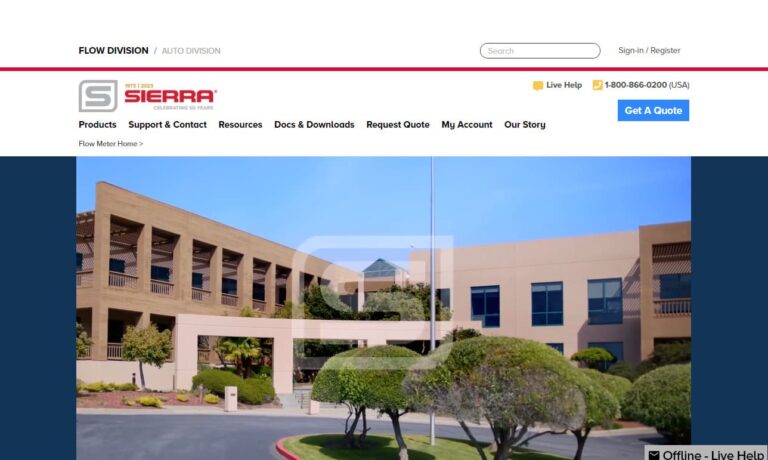
Distributing electronic tank level switches is the focus of our company. Let us solve your level gauging needs. We offer liquid level switches by Delavan, Omnitrol, Shand & Jurs and L&J Engineering. Some types include top mounted level switches, and liquid level switches offering alarm systems.
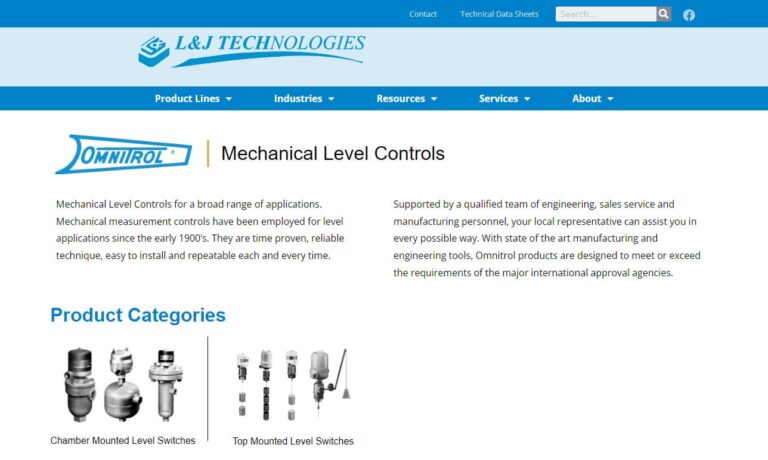
CME manufactures pressure switches, differential switches, level switches, vacuum switches, temperature switches and solid state pressure switches. CME serves a range of industries and markets with quality switches and related components. Call us today or visit our website for more information on our products and services.
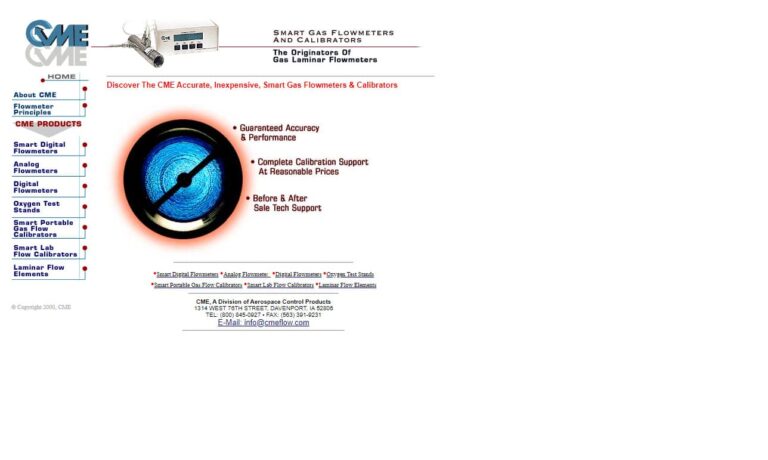
AMOT USA remains a ground-breaker in temperature and pressure sensing and control. We have pioneered quality components, including level switches, for nearing 60 years. Try our electric level switch, stainless steel pneumatic level valve and other mechanisms for a total engine solution. Other products include a line of pressure switches.
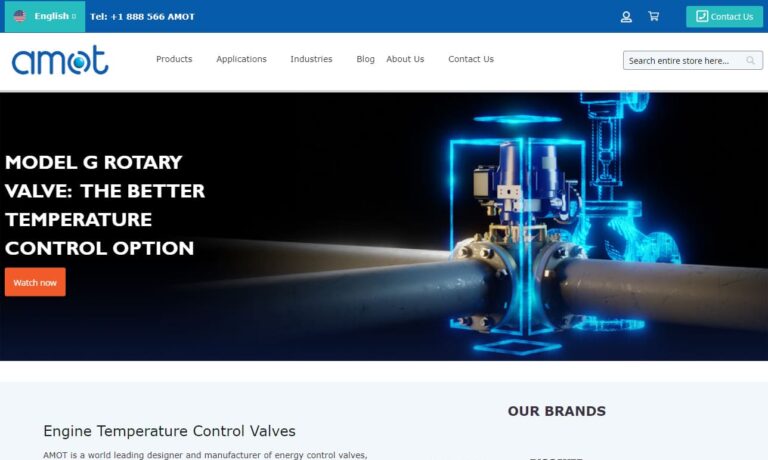
More Level Control Switch Manufacturers
Level control switches can be essential components in many applications and are used in a wide range of industries, including industrial, for use in manufacturing and processing applications; marine, for use in control of shipboard vessel liquid levels; commercial, for use in applications such as in office buildings, restaurants and more; residential, for use in water level control applications for houses, condominiums and multi-storied apartment buildings; and appliance, for use in water level control in dishwashers, clothes washers and more.
Additionally, level control switches can be used in industries such as automotive, defense contracting, wastewater, agriculture, chemical processing and petroleum. Although there are many domestic applications in which level control switches are utilized, it is in the industrial applications that their high-precision and efficiency become crucial.
While there are many different ways in which level control switches can function, there are methods that are more commonly used for industrial purposes. Some of these measurement techniques include differential pressure level switches, diaphragm level switches, optical level switches and ultrasonic level sensors. For differential pressure level control, the level of the material is determined from the difference between the two pressures (the pressure at the bottom of the tank compared to the atmospheric pressure) being equal to the height of the material when it is multiplied by the specific gravity of the material.
Diaphragm level control operates in much the same way, determining the level by means of the pressure that is produced at the given depth of a material with a known specific gravity. Optical level switches and ultrasonic level switches, on the other hand, operate in a much different manner than differential pressure and diaphragm level switches.
Optical level switches function by using optical sensors in order to use the light transmittance, reflective or refractive properties of the material being measured to determine its level. Ultrasonic level switches operate by utilizing the energy of ultrasonic acoustic waves, which are sound waves that have frequencies above the normal audible range. They operate by bouncing ultrasonic signals off of materials. The time it takes for the signal to bounce back to the switch indicates the level of the material.

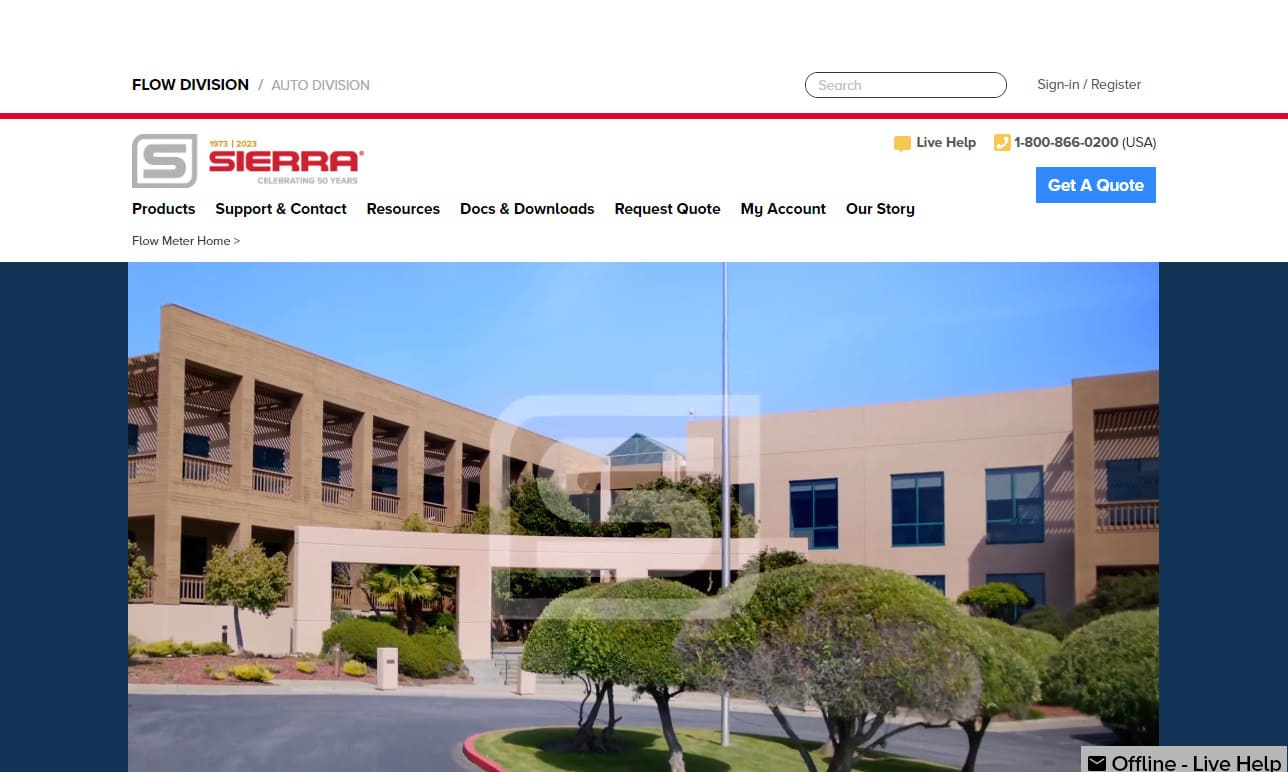
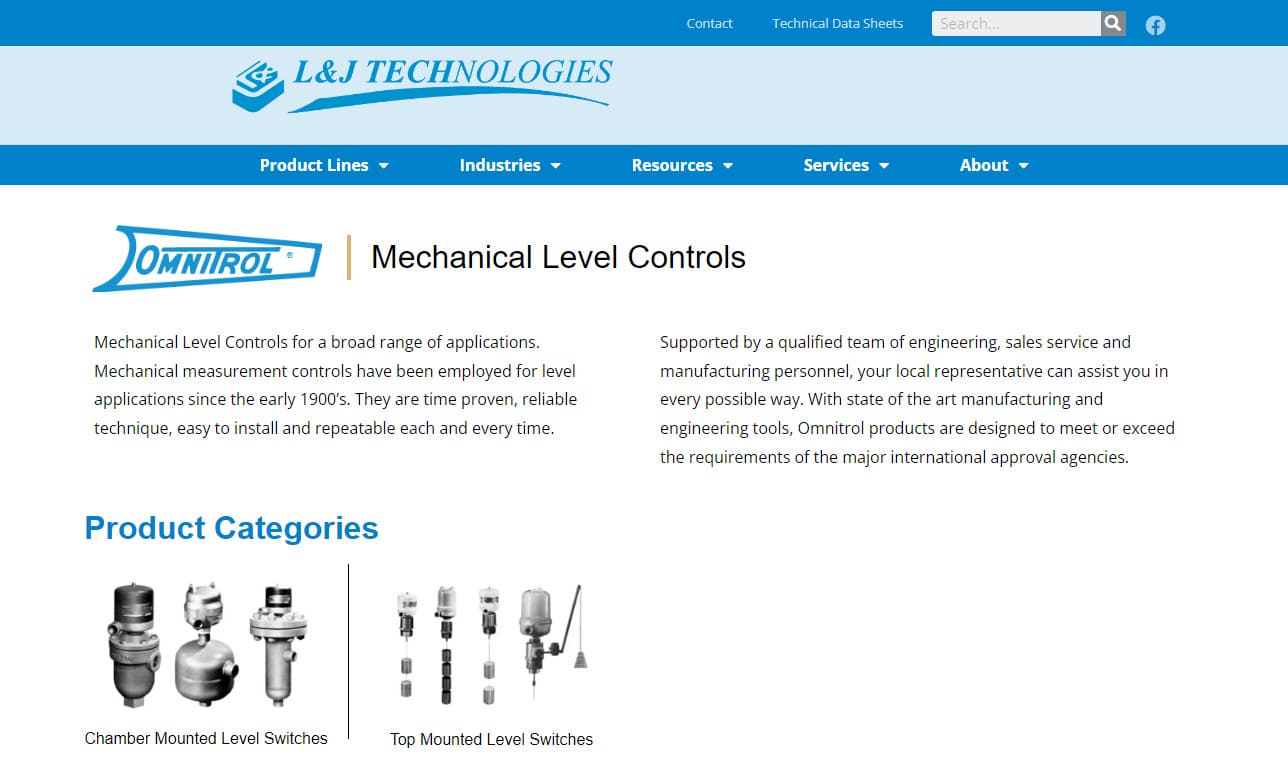
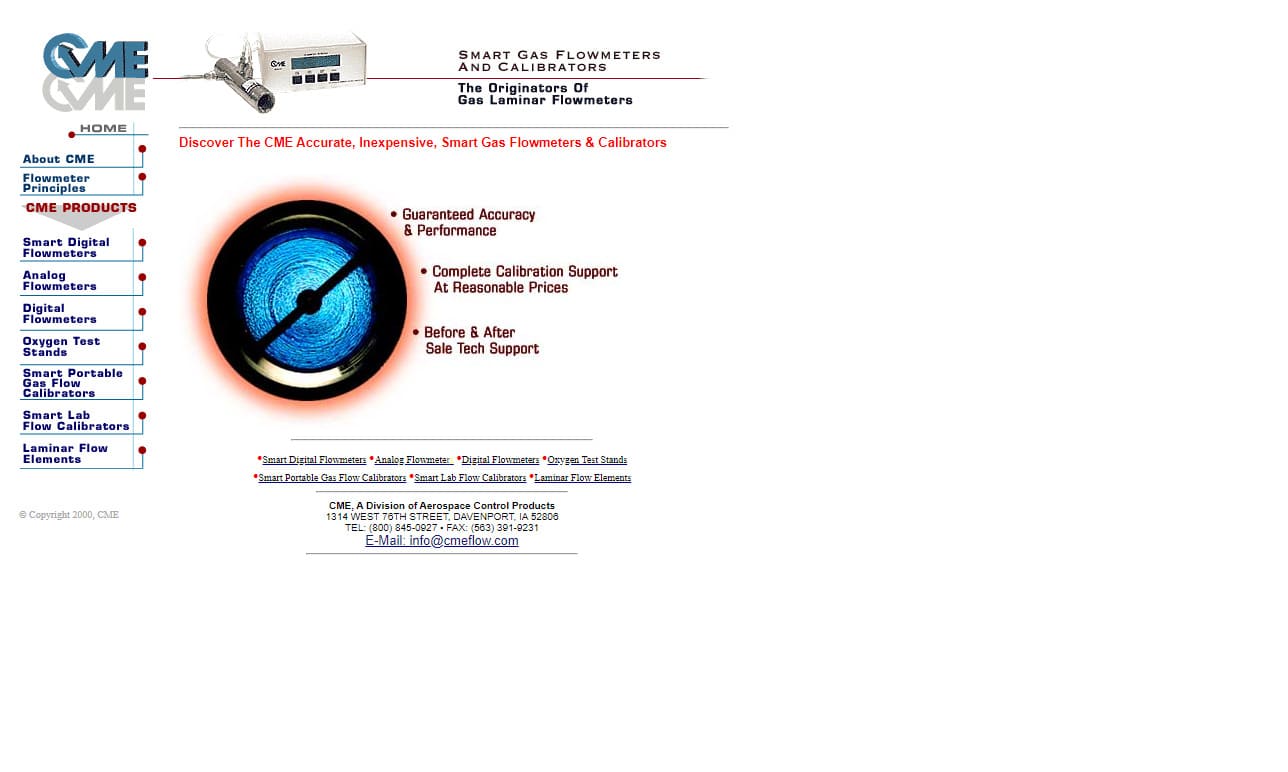
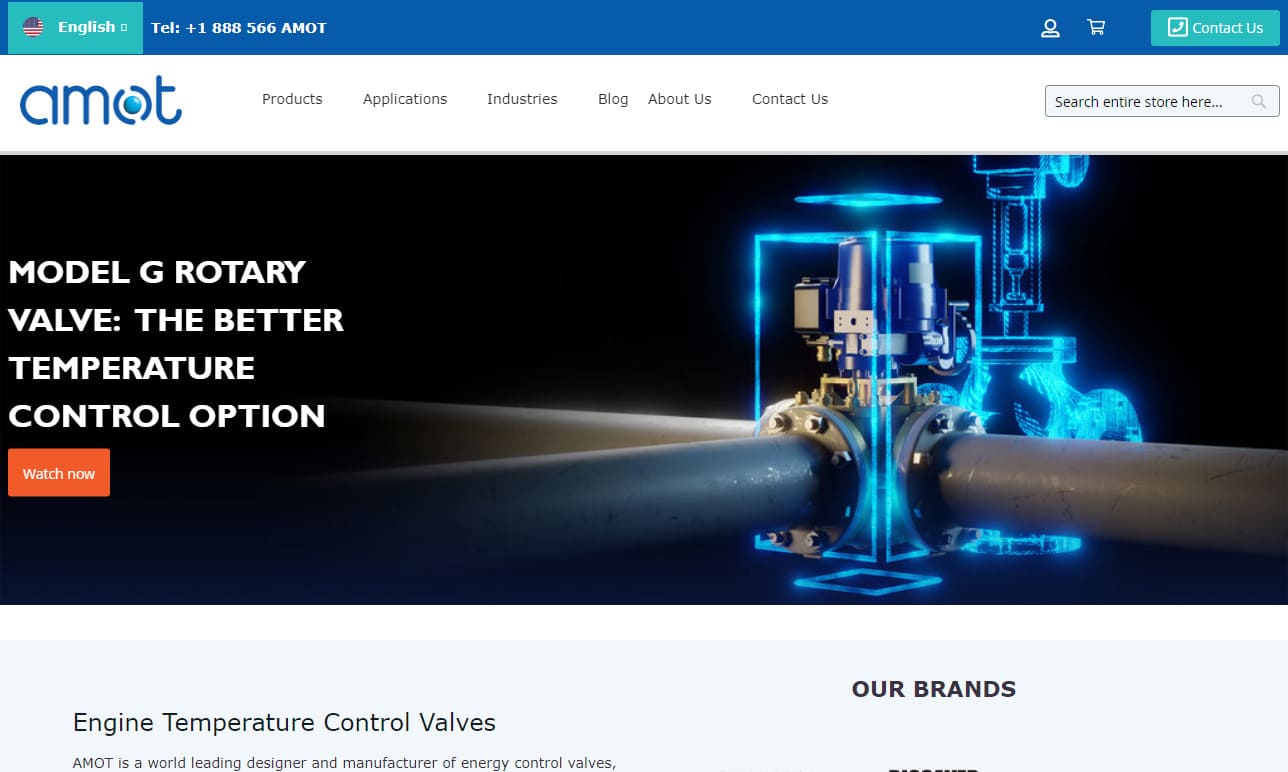
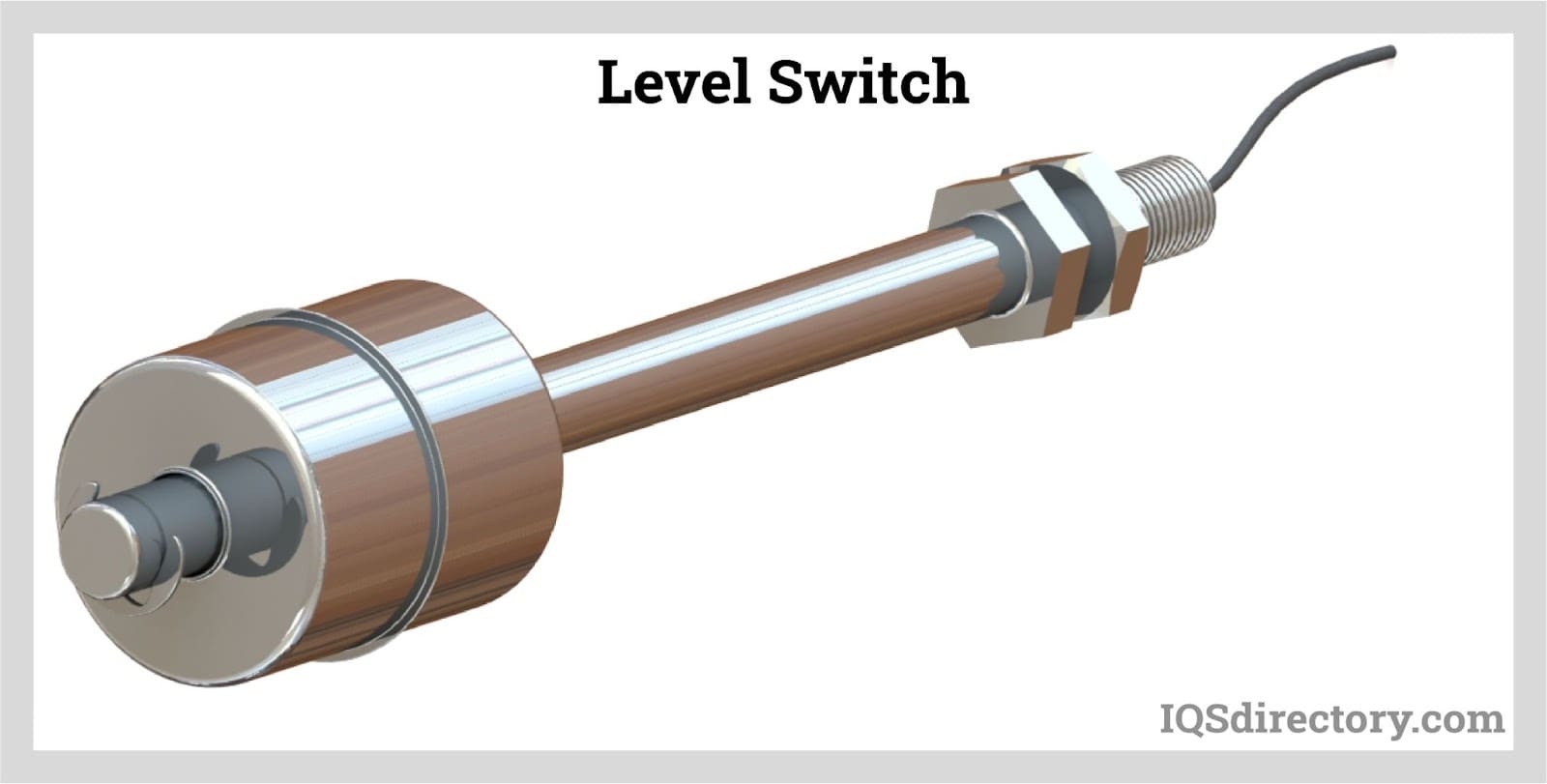

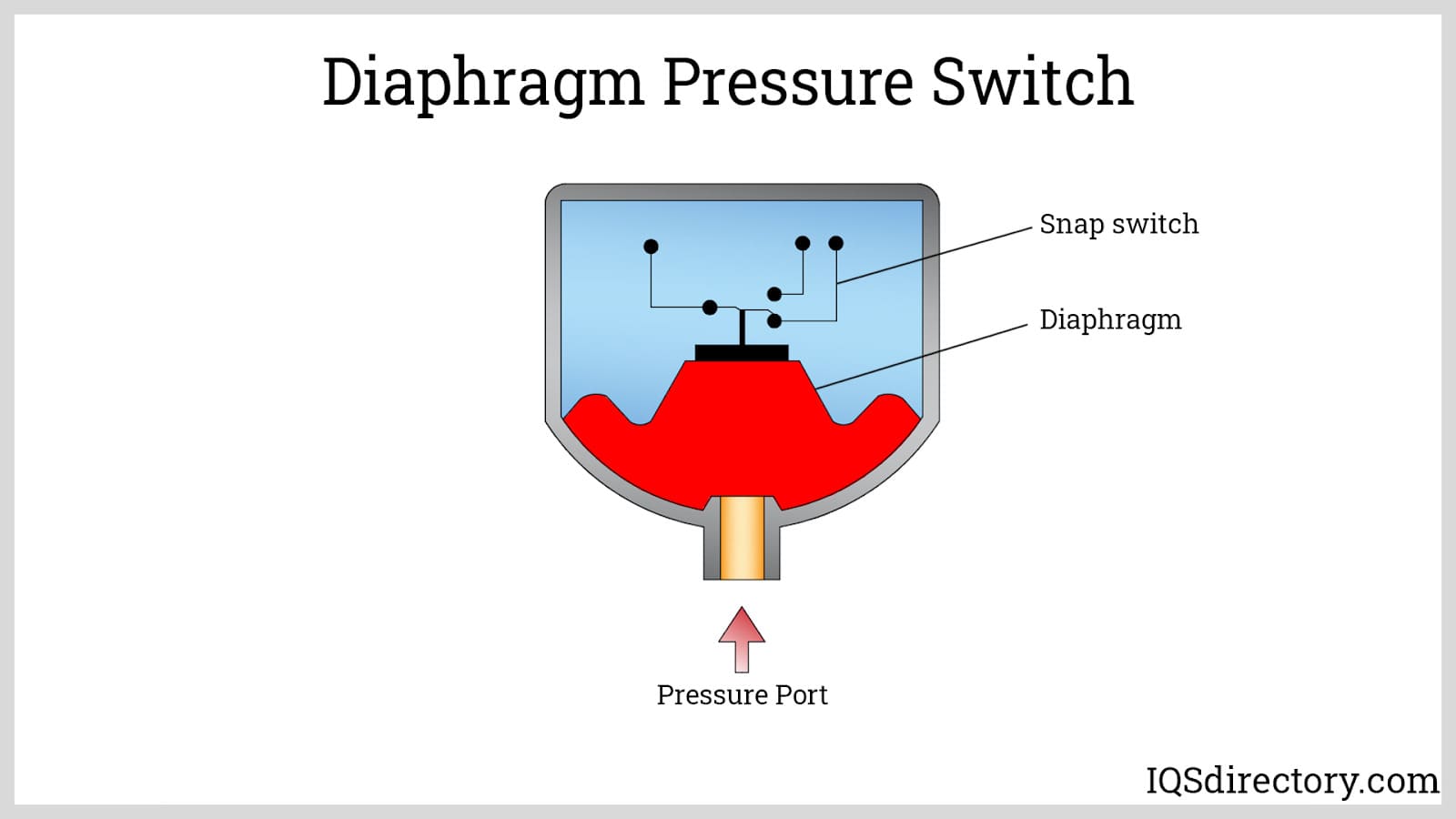
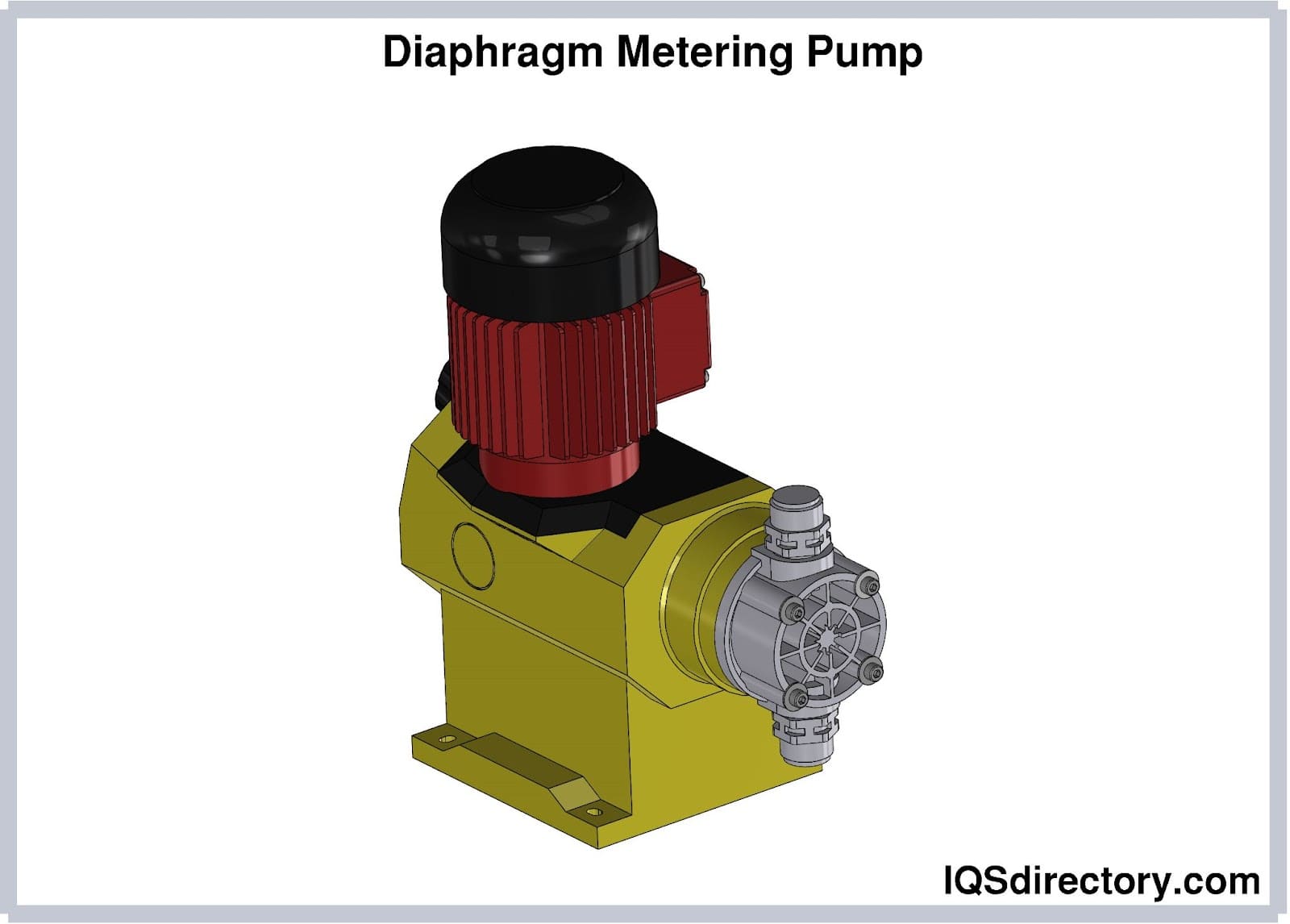
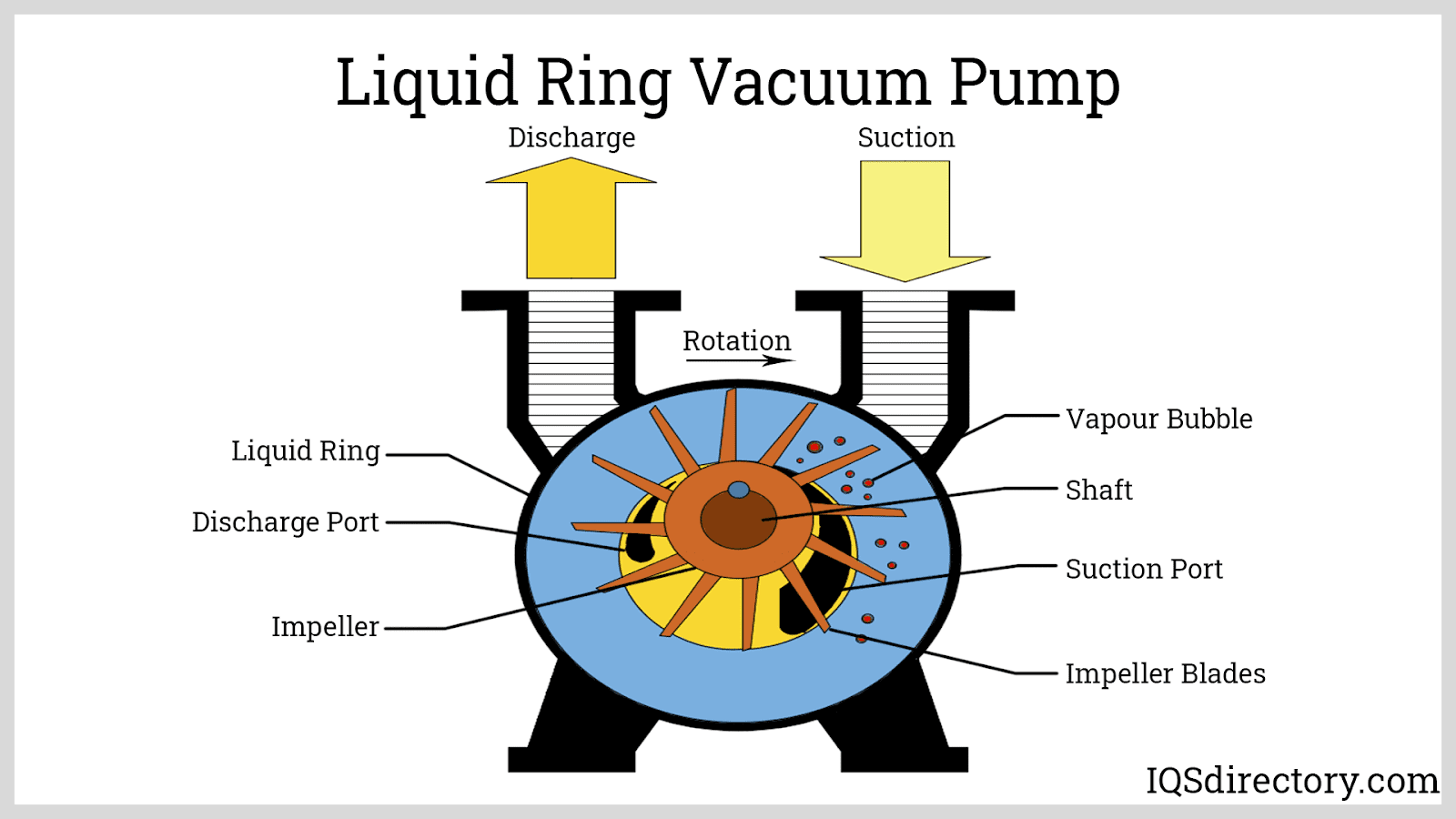
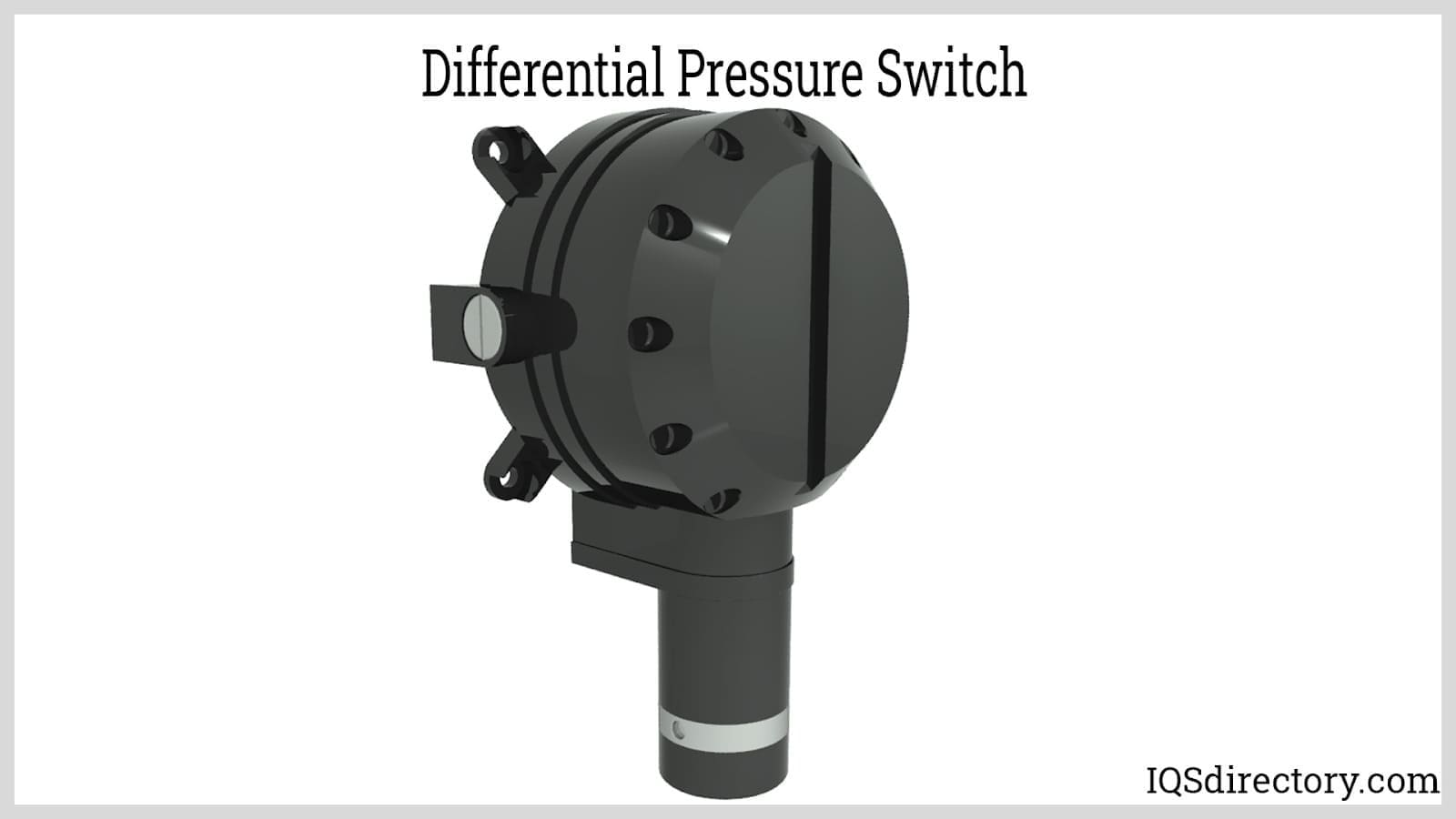
 Flow Meters
Flow Meters Leak Detectors
Leak Detectors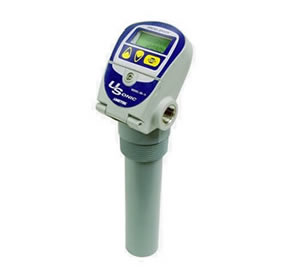 Level Switches
Level Switches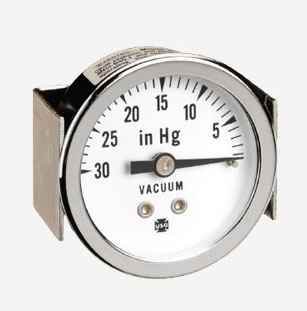 Pressure Gauges
Pressure Gauges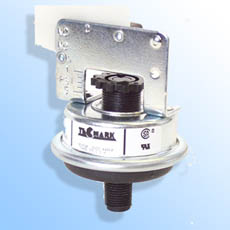 Pressure Switches
Pressure Switches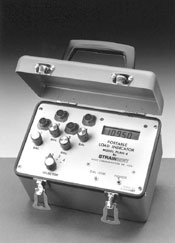 Pressure Transducers
Pressure Transducers Castings & Forgings
Castings & Forgings Bulk Material Handling
Bulk Material Handling Electrical & Electronic Components
Electrical & Electronic Components Flow Instrumentation
Flow Instrumentation Hardware
Hardware Material Handling Equipment
Material Handling Equipment Metal Cutting Services
Metal Cutting Services Metal Forming Services
Metal Forming Services Metal Suppliers
Metal Suppliers Motion Control Products
Motion Control Products Plant & Facility Equipment
Plant & Facility Equipment Plant & Facility Supplies
Plant & Facility Supplies Plastic Molding Processes
Plastic Molding Processes Pumps & Valves
Pumps & Valves Recycling Equipment
Recycling Equipment Rubber Products & Services
Rubber Products & Services